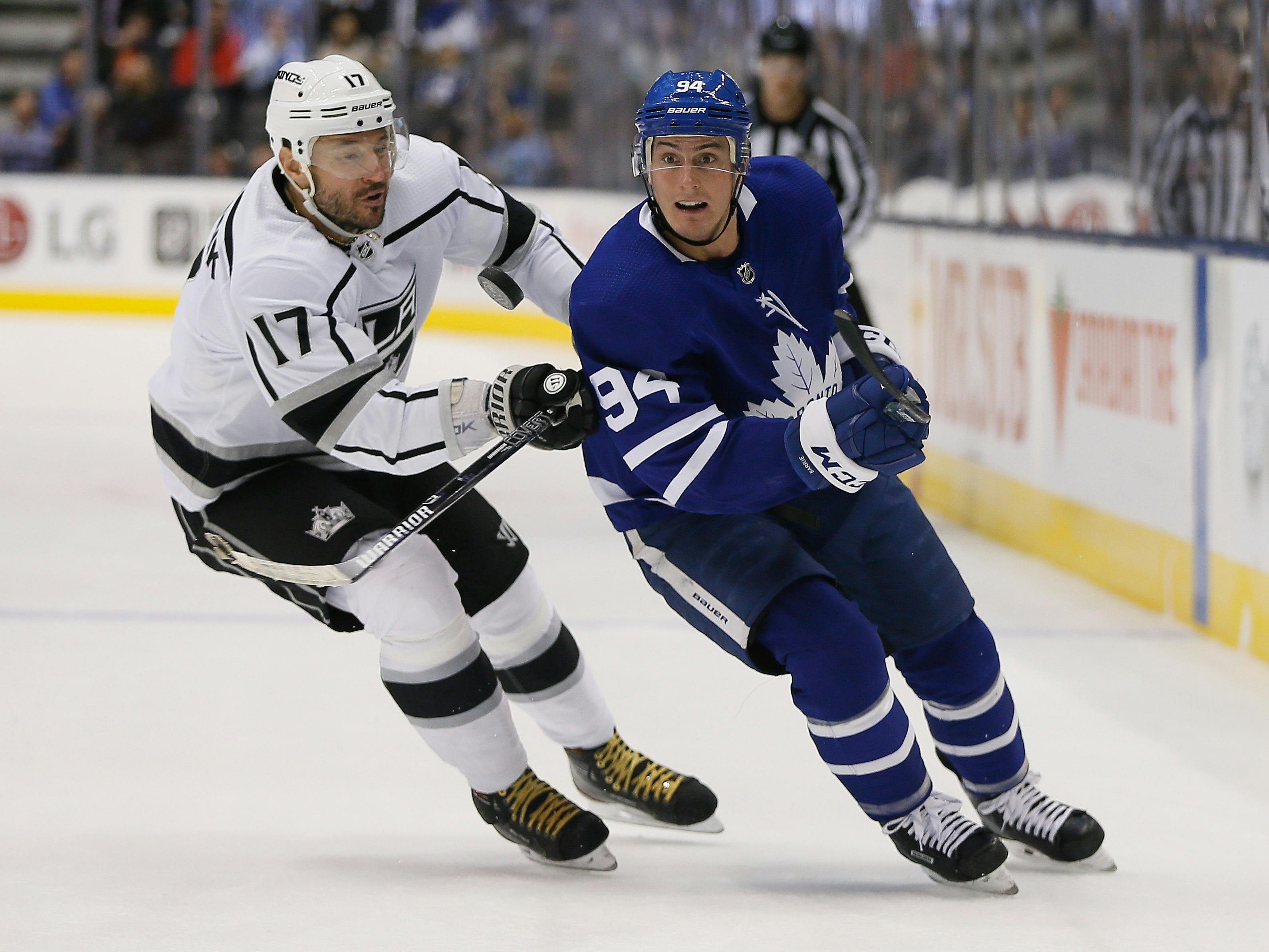Tulloch: Tyson Barrie Can Be Effective if the Maple Leafs Just Let Him
Photo credit: © John E. Sokolowski-USA TODAY Sports
By Ian Tulloch
Nov 12, 2019, 09:00 EST
Breaking News
- The Leafs need more from Marner & Matthews: Leafs Morning Take
- Maple Leafs’ Max Domi fined $5,000 for hit on Panthers’ Aleksander Barkov
- Craig Berube believes Panthers’ Kulikov’s hit on Marner ’10 times worse’ than Domi’s hit on Barkov
- Auston Matthews discusses need for discipline after Panthers even series in Game 4
- Craig Berube says Maple Leafs will consider lineup changes ahead of Game 5 vs. Panthers
